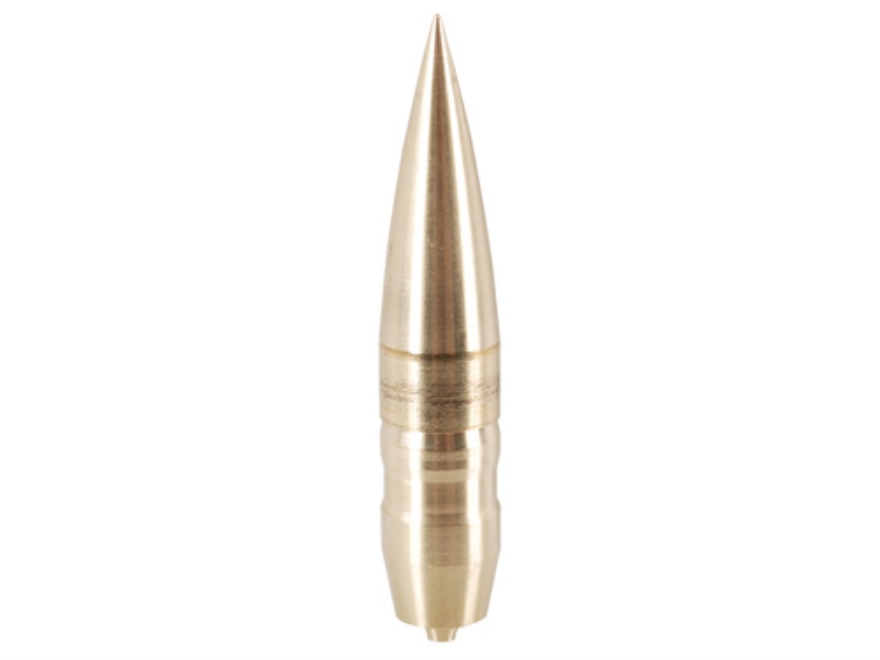Density
It is a well known fact that air becomes "thinner" with
higher altitude. Most also know that gases, such as
air, expand with increasing temperature. Unlike in the
section that discusses the ballistic coefficient, air
density is a factor, with several sub-factors, that the
scope must be adjusted for prior to making the shot.
The ballistic coefficient is usually only useful when
choosing what bullet to bring.
Pressure:
Changing altitudes is one way to change air pressure, but
weather conditions also have an effect. It is better
to use a barometer than to simply use altitude. If
pressure is lower, air density is lower, which provides less
drag on the bullet. This means the bullet will
maintain it's speed better and drop less, resulting in
hitting the target higher than the shooter was expecting,
assuming no adjustments were made.
Temperature:
Increasing temperature will decrease air density and will
have the same effect as decreasing pressure.
Humidity:
Considering humidity may be a bit counter-intuitive to some
people. We may think that by adding water to the air,
the air becomes "thicker," thereby more dense. Compare
the molar mass of dry air, 29 g/mol, to the molar mass of
pure water, 18 g/mol. Now consider the ideal gas law
below:
Isolating the impact of changing humidity by keeping
pressure, volume, and temperature constant (and R is always
constant), it is apparent that by adding water to the air,
increasing humidity, that the water molecules must displace
other components of the air to another location, which will
have an overall effect of reducing the molar mass of the
air. This, in turn, lowers density, leading to the
same higher-than-expected impact as described above.
